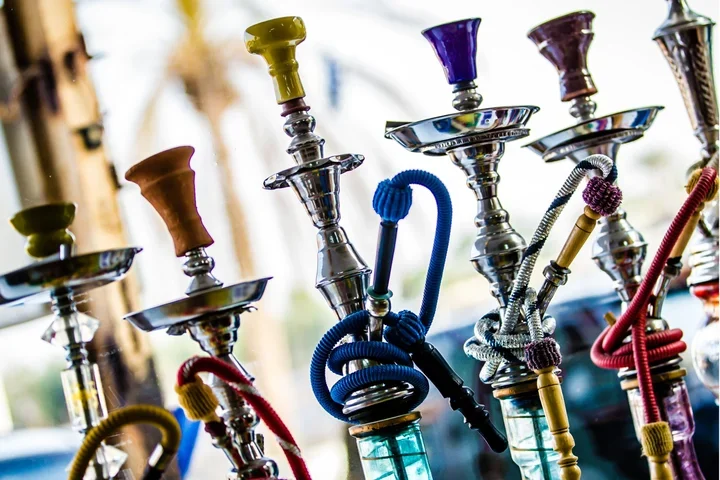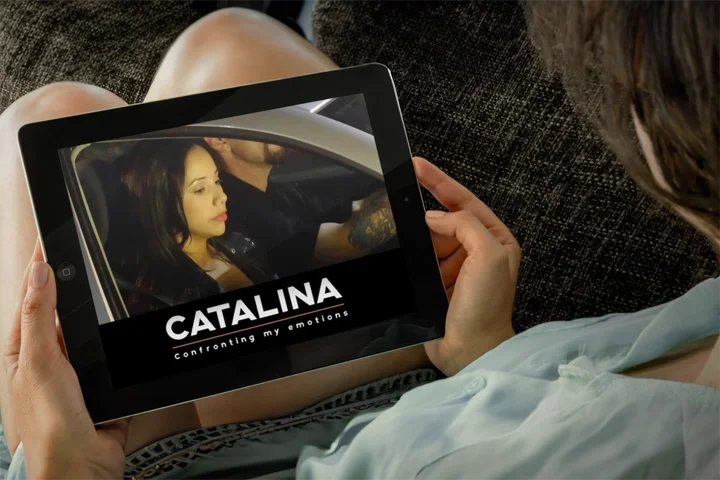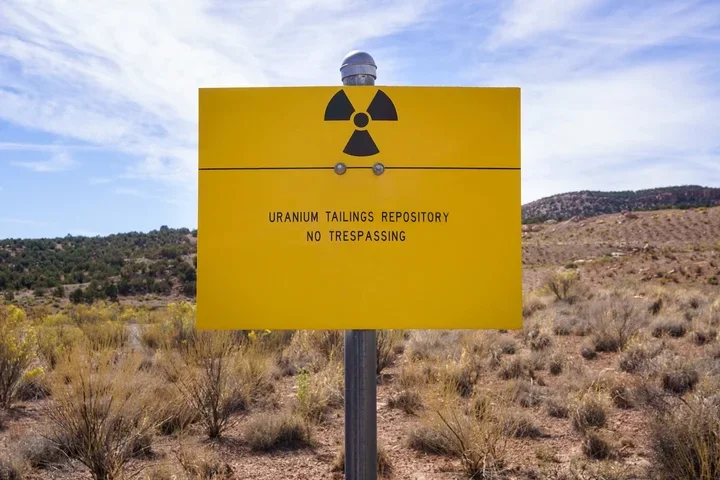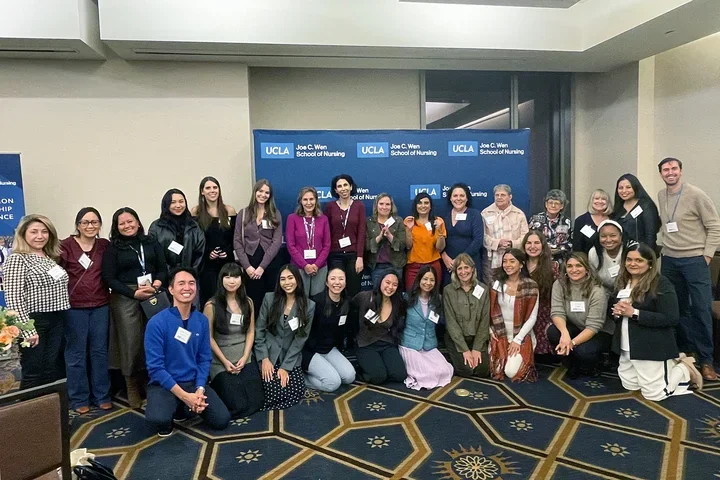4 ways UCLA Joe C. Wen School of Nursing research is impacting the world

Orignally published by UCLA Newsroom
At the UCLA Joe C. Wen School of Nursing, one of the country’s top-ranked schools for nursing research, many faculty nurses are also scientists whose discoveries are continuously moving from the lab to the bedside and paving the way for transformative healing and patient care.
“Nurses have a unique perspective based on their clinical knowledge and direct encounters with patients,” said Dong Sung An, the school’s associate dean of research and innovation and a nurse-researcher. “Nurses who undertake research are essential to the advancement of nursing science, the improvement of care and the formation of health policy.”
“As a researcher, you investigate and explore what you see in clinical practice and develop some type of explanation for it and find a way to address it,” associate professor Christine Samuel-Nakamura said. “Clinical practice informs research which, in turn, informs clinical practice.”
And within UCLA Nursing’s robust research enterprise, faculty, students and postdoctoral fellows are deeply involved in that virtuous circle. Funded by federal, state and other sources, they are conducting research in an astonishingly wide range of areas, from sex differences in heart disease and anti-retroviral therapy for HIV to cancer epidemiology and the effects of adverse childhood experience on brain development.
Their work, which benefits from the school’s close partnership with UCLA Health, is based on a deep commitment to serve communities both locally and globally by turning research discoveries into innovations that advance health and well-being.
Inventing a revolutionary scanner for bedsores
In 2010, nursing professor Barbara Bates-Jensen traveled to Haiti to direct and provide wound care to victims of the 7.0 magnitude earthquake, which had killed or injured more than half a million people and left 5 million displaced.
“They’d been laying on army cots, many for three weeks before I got there, and in addition to the wounds they suffered from the earthquake, they had pressure injuries down to the bone,” Bates-Jensen recalled.
There couldn’t have been anyone better suited for the crisis. A world-renowned researcher and author on wound care best practices, Bates-Jensen is an expert on pressure ulcers — commonly known as bedsores — which largely affect immobile people like nursing home residents, those with spinal cord injury and critically ill patients.
In the U.S. alone, 2.5 million people get bedsores each year, and some 60,000 die from bedsore-related complications. The American health care system spends up to $11.6 billion annually to treat these pressure ulcers. And even more staggering: They are 95% preventable.
Nurses traditionally identify bedsores by looking for skin discoloration. But by the time the redness is observed, the damage is done. The data also show that individuals with darker skin tones, including Black and Latino patients, have a higher prevalence of severe pressure ulcers because the discoloration is more difficult to see.
“This health disparity was driving me crazy,” Bates-Jensen said. “We were relying on such a subjective method, visually observing for skin color changes, which missed a whole segment of patients.”
In concert with a UCLA computer scientist and a UCLA engineer, she invented the SEM Scanner, the first handheld wireless wound-assessment device, which was licensed by UCLA’s Technology Development Group to Bruin Biometrics. It was a game changer. The scanner measures moisture, or edema, beneath the skin, which is a biophysical marker of early tissue damage, and it can detect early-stage pressure injuries up to 10 days before damage is visible.
The device was lauded by Time magazine as one of best inventions of 2020, and Fast Company ranked Bruin Biometrics among the 10 most innovative medical device companies on the strength of the scanner.
Today, the SEM Scanner is in use in hospitals in Europe, the U.K., Canada and America — in the U.S., it’s estimated that it’s has been used on more than 1 million patients and prevented 50,000 pressure injuries.
Now, Bates-Jensen, who is also associate dean of academic affairs at the nursing school, is involved in a study that could make the device available outside the clinical setting — in nursing homes, whose vulnerable residents are at high risk of bed sores.
“We think this study will also tell us a lot about how we can best implement technology in this type of health care setting,” she said, “as well as adding to the growing data looking at skin tones and how that may impact the delivery of care.”
Uncovering the dangers of ‘alternative’ tobacco products

As a young girl growing up in Alexandria, Egypt, associate professor of nursing Mary Rezk-Hanna would look out from her family’s apartment balcony and watch in fascination as people at the cafe across the street smoked the hookah, a popular Middle Eastern water pipe.
That curiosity would remain with her, and while pursuing graduate studies at the UCLA School of Nursing, she completed a clinical internship in which she looked at hookah smoking among primarily young adults at lounges in Southern California. She found that these smokers perceived the hookah as a healthier alternative to cigarettes — in part, she assumed, because of its fruity flavor and marketing efforts claiming it was a less hazardous habit.
A few years later, as a nursing school faculty member and researcher, she put that conception to the test, publishing the first study comparing the effects of hookah and cigarette smoking on cardiovascular health. The result? The hookah was just as dangerous; it caused acute arterial stiffness comparable to cigarettes — a key factor in the development of cardiovascular problems like hypertension, heart attack and stroke.
“Our findings challenge the concept that fruit-flavored hookah tobacco smoking is a healthier tobacco alternative. It is not,” she said at the time. Her journal article on the topic was recognized as the 2019 Research Article of the Year by the American Heart Association Council on Cardiovascular and Stroke Nursing.
Since then, Rezk-Hanna has continued to explore the health effects of tobacco and nicotine products, from vapes and e-hookahs to gummies and nicotine pouches. In her laboratory, she combines real-time vascular imaging and targeted biomarker analyses of nicotine exposure, inflammation and oxidative stress to investigate the mechanisms of tobacco-related vascular harm.
Findings from her research have informed Food and Drug Administration regulatory strategies, tobacco control policy and public health prevention campaigns, and she recently co-authored a new policy statement from the American Heart Association on the impacts of smokeless oral nicotine products.
A storytelling app to help Latinas with depression and anxiety

For years, MarySue Heilemann, a professor of nursing, has been working with Latinas dealing with depression and anxiety, looking for ways to connect them to effective treatment. At one point, she hit on a novel idea: Could storytelling work?
“In my previous research,” Heilemann said, “I found that Latina participants were hard-working and dedicated to their families. To them, getting much-needed mental health care felt selfish and indulgent. If it doesn’t help the family, they just won’t pursue it.”
But perhaps they can take an active role in a compelling story when it unfolds across multiple digital platforms and formats, including blogs and videos accessible on smartphones, laptops and other devices. Heilemann has pioneered the use of this approach — known as transmedia storytelling — for mental health interventions and even presented on the topic as a delegate to the United Nations Commission on the Status of Women.
To create storylines that would attract her target audience, she teamed up with a Latino screenwriter-director, along with actors and therapists, and gathered input from focus groups of Latina women. The resulting project, “Catalina: Confronting My Emotions,” features the story of a 28-year-old Latina single mother. Through six videos and a blog, participants witness Catalina interact with her child, parents and friends, experience sadness and anxiety, and ultimately receive help from a nurse therapist.
The goal is to create easy ways for women to enhance their awareness that help for their symptoms exists, to boost their confidence that they can seek help, and to encourage them to connect with a hotline, clinic or other resources.
Pilot studies showed the “Catalina” app generated more sustained interest and engagement among users after six weeks than those participants who watched videos about another topic. Now, with federal funding, Heilemann will lead a much larger randomized controlled trial exploring whether the app motivates users to take action at a higher rate than for control group participants.
“Many studies have looked at how stories change attitudes, but few have tested whether stories can change behavior,” Heilemann said. “If this works, it could be easily scalable.” She notes that story-based apps could potentially address a range of health topics, from managing diabetes or high blood pressure to boosting vaccine compliance.
Confronting environmental hazards on tribal lands

Associate professor of nursing Christine Samuel-Nakamura, an associate professor of nursing, turned to her cultural background in choosing a field of research. A member of the Diné (the indigenous name for Navajo) Nation, Samuel-Nakamura grew up on the Diné reservation in New Mexico, a world away from Los Angeles.
“It was very rural, and we were close to the land,” said Samuel-Nakamura, whose large family raised its own food and who grew up with a knowledge of agriculture and animal husbandry. As she got older, however, Samuel-Nakamura became more aware of the challenges facing her tribe, including poverty and chronic health problems such as diabetes and cardiovascular disease. She decided to address these issues by becoming a nurse.
She would eventually earn a master’s degree at the UCLA School of Nursing, and after working several years in clinical settings — both in the federally run Indian Health Service and in tribal hospital clinics — she decided to pursue a Ph.D. at UCLA to take a closer look at whether the environment was playing a role in the chronic health conditions she was seeing in the clinic setting.
“As a researcher, you investigate and explore what you see in clinical practice and develop some type of explanation for it and find a way to address it,” Samuel-Nakamura said. “Clinical practice informs research which, in turn, informs clinical practice.”
She focused her research on possible environmental contamination from uranium mining that took place on tribal lands. Specifically, she looked at the local food chain to see if there was contamination from uranium and associated metals. This entailed focusing on the most common cultural foods, including locally raised sheep, crops, medicinal herbs and plants. In the end, her findings led Samuel-Nakamura to produce food guidelines for tribal members, along with weekly intake recommendations.
“You can’t tell people they can’t eat or drink something, but you can put the information out there and encourage people to use safer food or water sources and manage their risk,” she said.
For, Samuel-Nakamura the research helped her remain connected to the agricultural roots of her childhood while addressing the topic in a way that positively impacted the health of the greater community.



